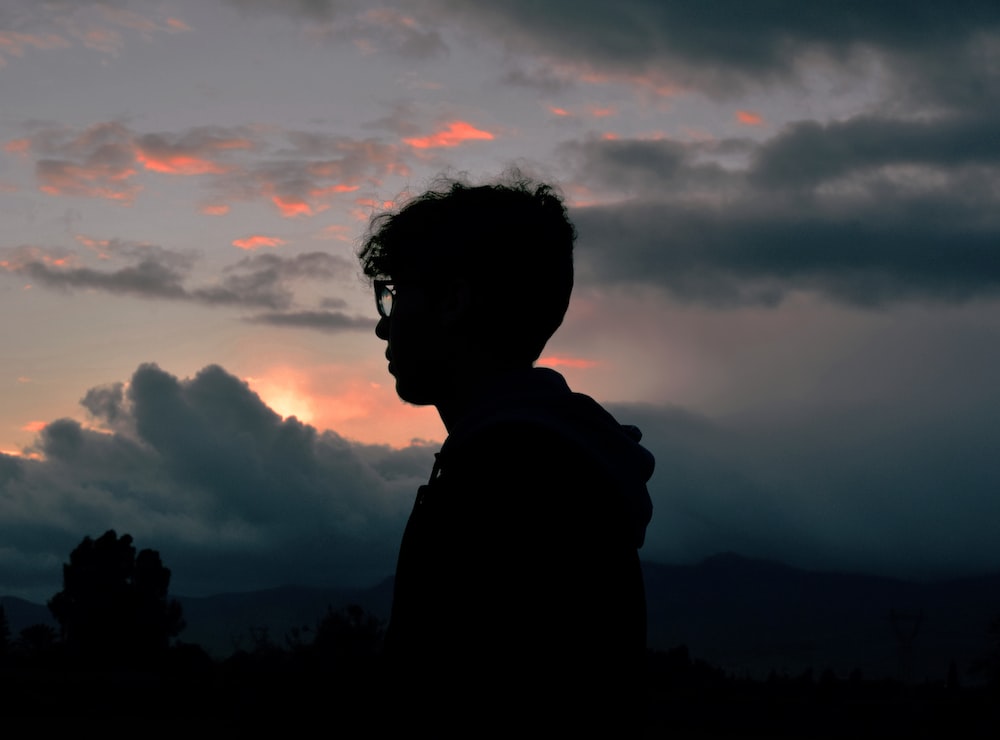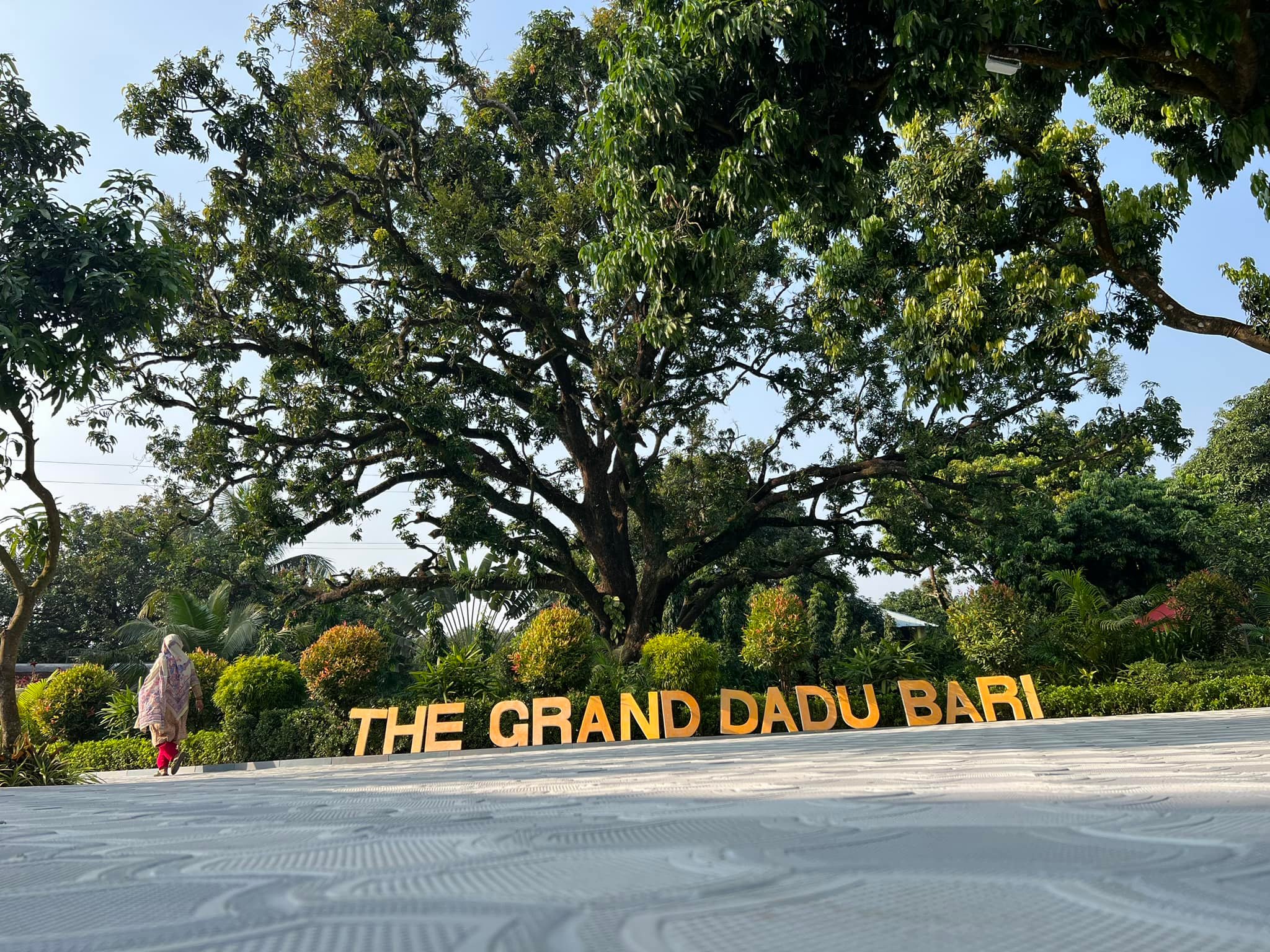Exploring the Historical Gems of Bangladesh: A Journey Through Time
Bangladesh is home to a rich tapestry of history that spans thousands of years, from the ancient Buddhist and Hindu eras to the more recent Islamic and colonial periods. This post takes you on a journey through some of the country’s most significant historical sites, focusing on the primitive period, covering Muslim, Hindu, and non-Muslim rule. From ancient monasteries to grand palaces, these sites reflect Bangladesh’s cultural, architectural, and spiritual heritage.
1. Paharpur Buddhist Bihar (Somapura Mahavihara)
Dating back to the 8th century during the reign of the Pala dynasty, the Paharpur Buddhist Bihar is one of the largest and most important archaeological sites in South Asia. This UNESCO World Heritage Site served as a renowned center for Buddhist learning and attracted scholars from across Asia. The sprawling structure, with its terracotta art, demonstrates the peak of Buddhist architectural genius in Bengal. The site’s pyramidal stupa is surrounded by 177 monastic cells and reflects a unique blend of local and Buddhist influences.
2. Mahasthangarh
Mahasthangarh, located in Bogra, is one of the earliest urban archaeological sites in Bangladesh, dating back to at least the 3rd century BCE. It served as the capital of the Mauryan Empire in the region, followed by periods of Hindu and Buddhist rule. The site is significant for its fortifications, temples, and ancient relics that speak to its continuous occupation over centuries. The Govinda Bhita Temple, a major Hindu temple at the site, underscores the region’s spiritual and political importance through the ages.
3. Puthia Temple City
Puthia, in Rajshahi, is often referred to as Temple City due to its concentration of beautifully preserved Hindu temples. The temples were constructed during the 16th and 17th centuries, primarily by the Puthia Raj family. The Govinda Temple, with its intricate terracotta carvings, and the Pancharatna Shiva Temple, with its five-spired architecture, are standout structures. These temples illustrate the architectural grandeur of Bengal’s Hindu rulers.
4. Kantajee Temple
The Kantajee Temple, located in Dinajpur, is a masterpiece of late medieval Hindu architecture. Built in the 18th century by Maharaja Pran Nath, this three-storied temple is renowned for its intricate terracotta panels depicting scenes from Hindu mythology, daily life, and nature. Its nine spires, which were damaged in an earthquake, originally crowned the temple, adding to its grandeur.
5. Natore Rajbari
The Natore Rajbari, or the Natore Royal Palace, was the seat of the Rajshahi Zamindari, one of the most powerful landholding families during the British colonial period. Built in the late 18th century, this majestic palace complex features grand courtyards, large halls, and ornate architecture that reflects the blending of Mughal and colonial styles. The Natore Rajbari offers a glimpse into the lifestyle of Bengal’s aristocracy during the colonial era.
6. Silk City Rajshahi
Rajshahi, often called the Silk City, is famous for its silk production, which dates back centuries. The city’s silk industry flourished during both the Muslim and colonial periods, and today it remains a hub for high-quality silk goods, including saris and other textiles. Visitors can explore local silk factories, which provide insight into the traditional methods of silk weaving that have been passed down through generations.
7. Kusumba Mosque
The Kusumba Mosque, located in Naogaon, is a fine example of pre-Mughal Islamic architecture in Bengal. Built in 1558 during the rule of the Suri Dynasty, this mosque reflects a blend of Turkish, Persian, and local Bengali styles. The mosque is adorned with beautifully carved stone inscriptions and features a unique black basalt construction, making it one of the few remaining monuments from this era.
8. Choto Sona Mosque (Gaur)
The Choto Sona Mosque, located in the ancient city of Gaur, near the Bangladesh-India border, is one of the most exquisite examples of Sultanate architecture in Bangladesh. Built during the reign of Sultan Alauddin Husain Shah in the 15th century, the mosque was originally gilded with gold (hence the name “Sona” or “golden”). Though the gold is long gone, the mosque’s elegant design, with its five domes and intricate stonework, remains a testament to the grandeur of Bengal’s Muslim rulers.
9. Tahkhana
Located in the ancient capital of Gaur, the Tahkhana (meaning “cool house”) was built by Shah Shuja in the 17th century as a retreat for royal leisure and meditation. This complex includes a mosque, a palace, and a large bathing pool. The architecture reflects Mughal elegance, with its symmetrical design and soothing water features, and the site offers a peaceful escape from the city’s hustle.
10. Darasbari Mosque
The Darasbari Mosque, located in Chapai Nawabganj, is another example of elegant pre-Mughal architecture. Built in the 15th century during the rule of Sultan Nasiruddin Mahmud Shah, this mosque once served as a madrasa (Islamic school) as well. Though much of the structure is in ruins today, its ornate brickwork and spacious courtyard still evoke the grandeur of Bengal’s early Islamic period.
11. Khania Dighi Mosque
The Khania Dighi Mosque, also located in Chapai Nawabganj, was built in the 15th century and is a prime example of brick mosque architecture in Bengal. This relatively small mosque is set beside the serene Khania Dighi (a large pond), making it an idyllic spot for visitors to explore both nature and history. The simplicity of its design, with its three domes and terracotta ornamentation, reflects the unpretentious yet elegant aesthetic of the region’s Muslim rulers.
12. Tajhat Palace
The Tajhat Palace, located in Rangpur, was built in the early 20th century by Maharaja Kumar Gopal Lal Roy, a wealthy zamindar. The palace’s neoclassical style, complete with grand staircases, Corinthian columns, and an elaborate façade, showcases the influence of European architecture during the colonial period. Today, the palace has been converted into a museum, housing artifacts from both the Muslim and Hindu periods of Bengal’s history.
13. Rangpur Sugar Mill
The Rangpur Sugar Mill is a key industrial site from Bangladesh’s colonial period, reflecting the agricultural and industrial development that took place during British rule. Visitors to this site can learn about the region’s sugar production history and the socioeconomic impact it had on the local population. Though it might not be as grand as the historical palaces and temples, the mill is an important part of the country’s more recent industrial heritage.
14. Navaratna Temple, Hatikumrul
The Navaratna Temple, located in Hatikumrul, is an 18th-century Hindu temple built in the Navaratna (nine-towered) style. This temple is dedicated to the god Shiva and reflects the late medieval temple architecture of Bengal. Though several of its towers are missing today, the temple’s terracotta panels, which depict scenes from Hindu mythology, are still remarkably well-preserved.
Conclusion
These historical sites in Bangladesh reflect the nation’s rich cultural heritage, spanning the Buddhist, Hindu, Muslim, and colonial periods. Whether you’re drawn to ancient Buddhist monasteries, grand Hindu temples, or stunning Islamic mosques, these destinations offer a deep dive into the diverse history of Bangladesh, where every structure tells a unique story. As you explore these sites, you’ll gain an appreciation for the region’s architectural brilliance, spiritual depth, and cultural vibrancy.





